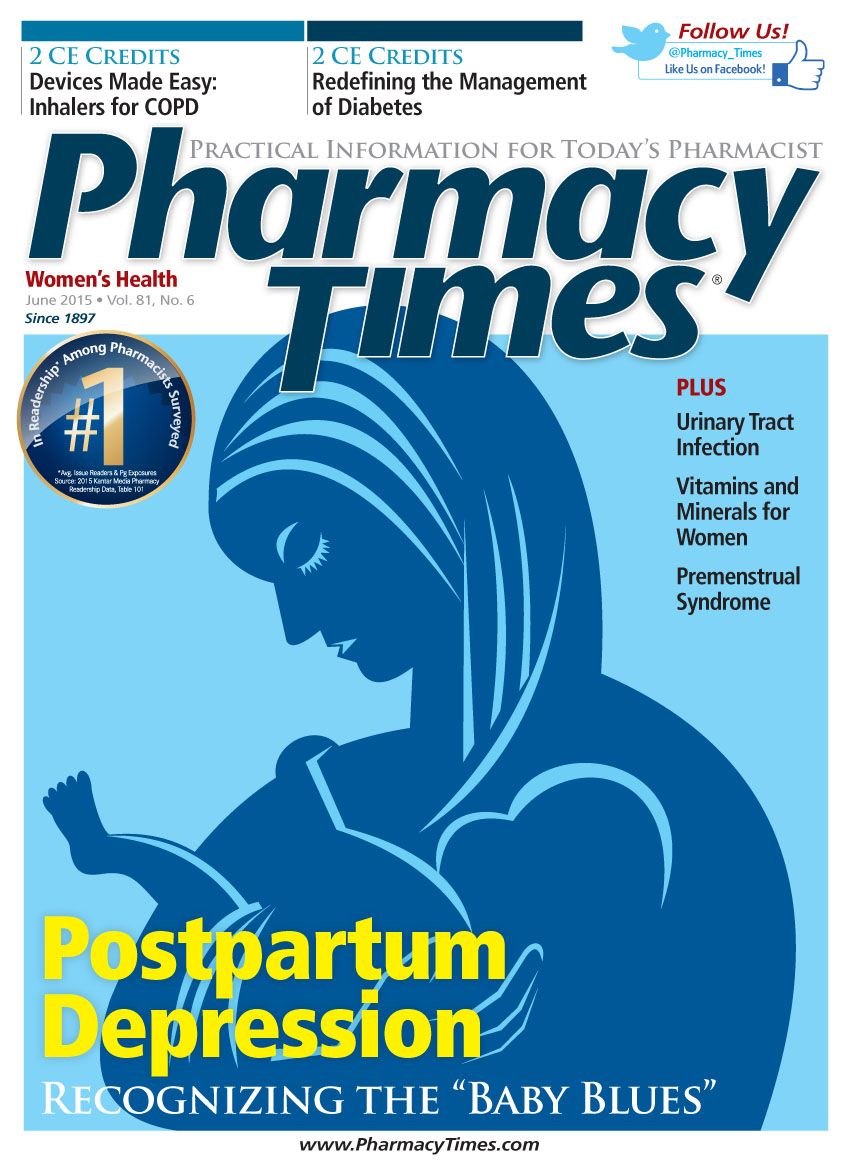Publication
Article
Pharmacy Times
Hospital Readmissions: A Health Care Transformation
Various pharmacy segments have recently been focusing their attention on what they can do to reduce avoidable readmissions of patients to hospitals, including improving the discharge process.
Various pharmacy segments have recently been focusing their attention on what they can do to reduce avoidable readmissions of patients to hospitals, including improving the discharge process. Preventable hospital readmissions currently cost the US health system an estimated $25 billion annually. This is a significant avoidable cost. Because of changes in the reimbursement system, reductions in readmissions can have a positive impact on a health system’s bottom line. Pharmacists in different settings can play an important role in reducing these avoidable readmissions, especially if they learn to coordinate their efforts and collaborate.
Health care services reimbursement is focusing more on value achieved (a qualitative approach), not just on what fee gets paid for a provided service (a quantitative approach). Value has been defined as “health outcomes achieved per dollar spent over the care cycle.” A program that keeps a patient from being rehospitalized reduces the cost for that care cycle. Payers are becoming more willing to share these savings with care providers. This changing reimbursement model is one reason behind the health care transformation we are beginning to experience.
How will this focus on value affect community pharmacy practice? Our current model too often focuses on pharmacists filling prescriptions “fast, accurate, and cheap.” Little attention is spent on how each prescription is used by the patient. Evidence shows that health outcomes improve and total health care costs decrease when patients take the right medication correctly.
Medication adherence can be a key factor in reducing avoidable hospital readmissions. When patients are initially discharged from the hospital, they need an accurate medication list. Community pharmacists should make sure they get a copy of a patient’s discharge orders so they can help reconcile that the patient is receiving all the necessary medications. They can also make sure the patient is aware of any changes in the drug regimen. If appropriate, they can remind the patient to update pillboxes and remove any medication he or she is no longer taking. In addition, the pharmacist should look for any medication-related problems. The pharmacist might be able to convert this medication reconciliation effort into a medication therapy management service and receive payment for it.
Besides making sure that patients are taking the appropriate medication(s), community pharmacists can monitor patient medication adherence. Patients visit a pharmacy more frequently than they visit any other health facility. If a pharmacist can build a medication adherence program around a patient’s frequent visits to the pharmacy, the community pharmacy has a unique advantage over other providers and practice settings.
Community pharmacists need to communicate and collaborate with other team members to take advantage of the opportunity to contribute value to the care process. Some community pharmacists have started to collaborate with hospital pharmacists to improve the hospital discharge process. Community pharmacists are going on hospital rounds to help manage medication problems before patients get discharged. They then provide the discharge medications to the patients before they leave the hospital, as well as consult at the time the drugs are delivered to each patient’s bedside.
After discharge, community pharmacists call each patient to be sure he or she is not having any problems with the medication. A home visit can be made if necessary. Each time the patient visits the community pharmacy is an additional opportunity to assess progress or address any problems the patient might be encountering.
That community pharmacists are already playing such an important role in patient care is evidence that a health care transformation is beginning. Perhaps not every community pharmacy will have an opportunity or want to play a role in reducing avoidable hospital readmissions, but some are and many more will need to in order to make the case that pharmacists are valuable and essential health team members. What are you doing in your pharmacy today to prepare for the health care transformation of tomorrow?
Mr. Eckel is professor emeritus at the Eshelman School of Pharmacy, University of North Carolina at Chapel Hill. He is also emeritus executive director of the North Carolina Association of Pharmacists. A lifelong advocate for the profession of pharmacy, Mr. Eckel has lectured on pharmacy issues and trends in all 50 states and has traveled to 6 continents to promote and educate audiences on the role of the pharmacist.







